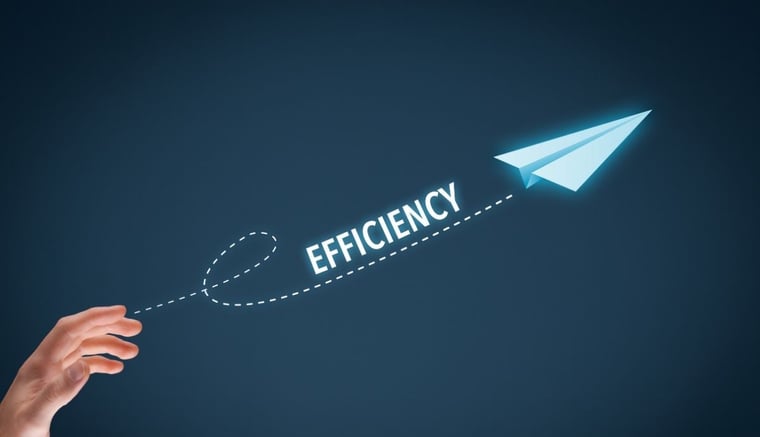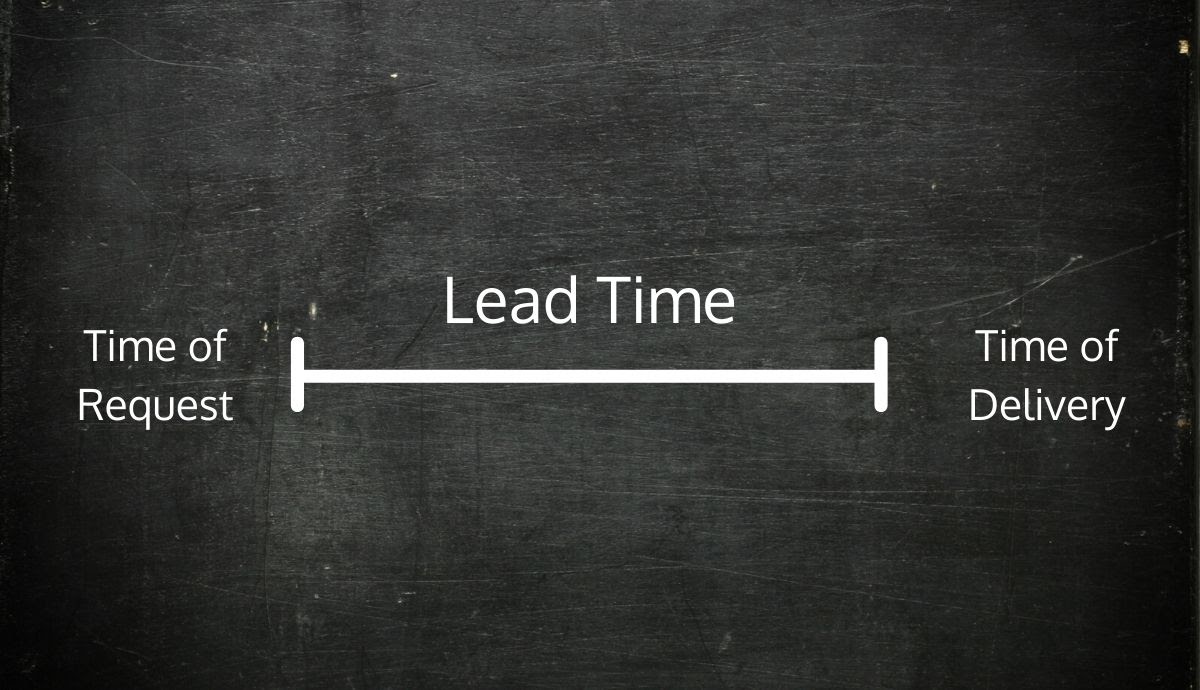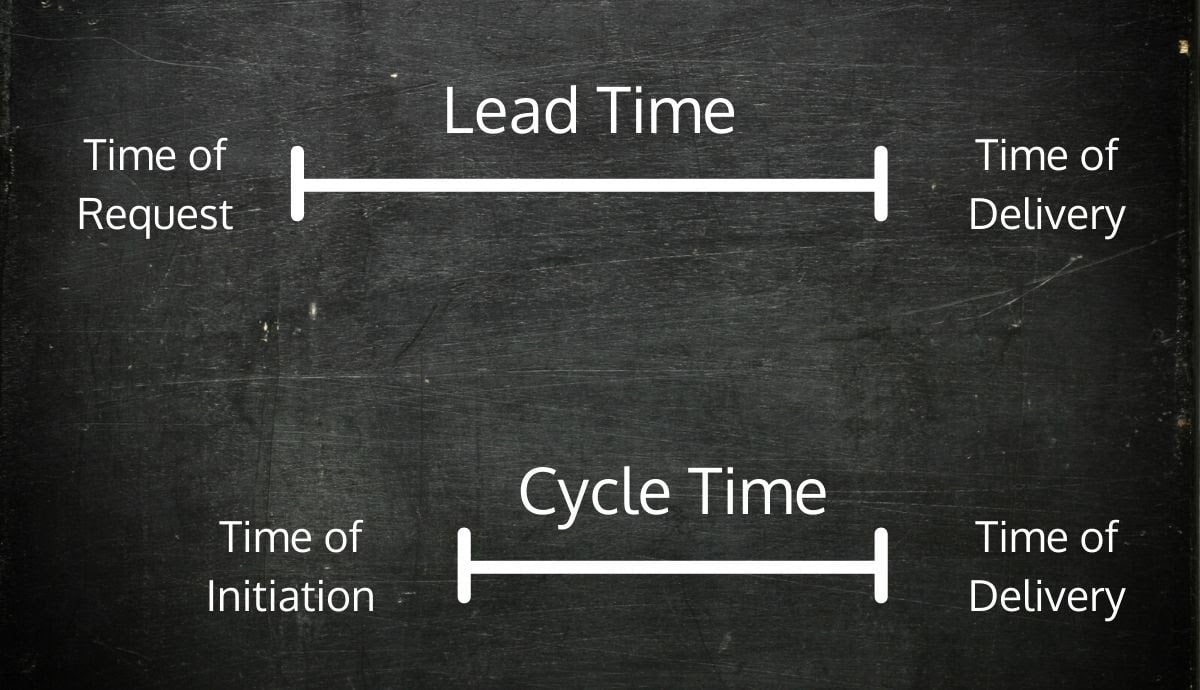-
- marketing agility
- Teams
- Organizations
- Education
- enterprise
- Articles
- Individuals
- Transformation
- Solution
- Leadership
- Getting Started
- business agility
- agile management
- going agile
- Frameworks
- agile mindset
- Agile Marketing Tools
- agile marketing journey
- organizational alignment
- Agile Marketers
- People
- Selection
- (Featured Posts)
- strategy
- agile journey
- Metrics and Data
- Kanban
- Resources
- Why Agile Marketing
- agile project management
- self-managing team
- Meetings
- Scrum
- agile adoption
- scaled agile marketing
- tactics
- scaled agile
- AI
- Agile Meetings
- agile marketing training
- agile takeaways
- Agile Leadership
- agile coach
- enterprise marketing agility
- Scrumban
- state of agile marketing
- team empowerment
- Intermediate
- agile marketing mindset
- agile marketing planning
- agile plan
- Individual
- Team
- Videos
- agile marketing
- kanban board
- Agile Marketing Terms
- agile transformation
- traditional marketing
- FAQ
- agile teams
- Agile Marketing Glossary
- CoE
- Scrumban
- agile
- agile marketer
- agile marketing case study
- agile marketing coaching
- agile marketing leaders
- agile marketing methodologies
- agile marketing metrics
- agile pilot
- agile sales
- agile team
- agile work breakdown
- cycle time
- employee satisfaction
- marketing value stream
- marketing-analytics
- remote teams
- sprints
- throughput
- work breakdown structure
- News
- agile brand
- agile marketing books
- agile marketing pilot
- agile marketing transformation
- agile review process
- agile team charter
- cost of delay
- hybrid framework
- pdca
- remote working
- scrum master
- stable agile teams
- stand ups
- startups
- team charter
- team morale
- user story
- value stream mapping
- visual workflow
The Crucial Role of Lead Time in Improving Marketing Efficiency

Agile marketing helps us move faster, eliminate waste, and create a sustainable pace for the team. But if we aren't meeting customer demand none of that really matters. Our process exists to serve our customer, so they should be at the center of our process metrics.
Success metrics such as quality and impact are determined by customer feedback.
Efficiency and productivity are defined by whether the teams can respond to customer demand at the expected pace.
Then, of course, there's speed, the hallmark of all great Agile teams. But when we shift our focus to the customer, speed takes on a different meaning.
Instead of just tracking how fast stuff gets done, high-performing Agile teams keep a close eye on lead time, the time elapsed between the moment a customer requests something and the moment the internal team delivers it.
If you're after a customer-centric way to track value delivery, stick with us for a discussion on how to calculate lead time, why it affects many other team KPIs, and how to boost your overall process efficiency by reducing it.
What is Marketing Lead Time?
Lead time is the amount of time it takes to process a task or work item internally. It represents the difference between the moment a particular piece of work was requested by the customer and the time it's delivered to the customer.
Agile lead time is one of the fundamental Lean metrics and a clear indicator of an execution team’s efficiency on an internal level.

While simple on the surface, lead time contains a lot of complex information. It indicates how much time it takes to initiate, process, and deliver value to the customer. The lower the lead time, the higher the efficiency of your team.
You can look at this metric from a couple of different angles.
From a customer perspective, lead time is the time it passes from the moment an order is placed to the moment they receive the value.
From a team’s point of view, it's the available time to initiate, process, and deliver the requested work.
Unlike in the factories of Toyota, where the metric of lead time in Agile originated, it's not as easy for marketing departments to define the exact moment the clock on lead time starts ticking and when it stops. Our tasks are not necessarily triggered by a customer’s distinct order for the supply chain to start churning.
Instead, marketers typically begin tracking lead time from the moment the team’s marketing owner approves a work item from the backlog for processing. In many marketing teams, this moment is signaled by the movement of work from the general backlog to the area of upcoming work, the To Do column.
This action starts the lead time clock on a per task basis. The accumulation of lead time ends when the work item has passed through all of the stages of the workflow and reaches completion.
Why Tracking Lead Time is Important?
Lead time in Agile is a fantastic metric for monitoring efficiency. It shows you how much time it takes to complete an assignment and, on a larger scale, keeps you honest about how long it takes your team, on average, to process all varieties of work (also known as average lead time).
![]()
Understanding how your lead time fluctuates can help your team set baselines and benchmarks for speed related to different types of work. This historical data can support more accurate estimation of user stories by serving as a foundation for each forecast.
For example, if you know that it takes your team four days on average to publish a 1,000-word blog post from the moment you assign it to a writer and a designer to the moment it's delivered, then you can confidently commit to this estimation when you have a similar blog posts to create.
Your team can use lead time data in your efforts to reduce delays in the process by using this metric as an indicator of experiments aimed at improving the efficiency of the process.
If lead time becomes lower, but quality remains high, you know you’ve made a worthwhile improvement in the process. If lead time remains high or rises above usual norms, any change you’ve made in the process will have had a negative impact.
The Difference Between Lead Time & Cycle Time
Agile lead time is a metric that originates in the manufacturing context at the factories of Toyota. It represented Toyota's advantage in the sector because a short lead time meant they generated significant savings from their lack of excess inventory.
Keeping lead times low meant they could build a car as soon as they received a request for one, without negatively impacting their customers.
The clock on lead time in the factory starts ticking the moment a car is ordered and stops when the customer receives it. In the context of knowledge work, within which the deliverable is intangible and sometimes originates from the execution team themselves, the clock on lead time starts as soon as the execution team commits to processing a work item. It ends at the moment it is delivered to the customer.
On the other hand, cycle time, lead time's more popular counterpart in knowledge work, begins to accumulate at the moment work on a task commences. It includes all the time that passes since the start of work until the delivery of the end result.
Simply put, lead time in Agile covers all the time from request to delivery, while cycle time covers only the time between initiation and completion.

Both metrics can be used to pinpoint where time in the process is spent and where it accumulates unnecessarily (wasted time).
However, unlike cycle time, measuring and monitoring lead time can provide insight into the time it takes for teams to actually start working on a task after they've decided it's a priority.
Understanding this important distinction can give teams valuable data about whether they're practicing effective prioritization (a huge challenge for most Agile marketing teams), how accurate their estimates are, the medium through which they receive their requests, and the various factors that prevent the launching of new work items into the process.
While cycle time provides perspective about your efficiency once you've started working, lead time in Agile can provide greater context about the entire process, from backlog to delivery.
How to Reduce Lead Time & Boost Efficiency
Using lead time as a compass can help you achieve higher organizational efficiency. The most high performing Agile marketing teams continuously strive to reduce lead time and make it part of their process improvement goals to bring greater value to their customers.
Some improvements you may want to implement with your own team to induce faster value generation include:
Adopting WIP limits
Limiting work in progress is one of the core Kanban practices that contributes to significantly reducing lead time. By putting a cap on the number of work items that your team can process simultaneously, you can limit context switching. In turn, this allows individual contributors to dedicate more time to each thing, rather than splitting their time among a bunch of different items.
As a result, your team will begin finishing work items more frequently and freeing up capacity to start new work items more often.
There isn’t a rule of thumb for the exact work in progress limit that results in a decrease in lead time, but simply experimenting with this makes all the difference. Read more about making the most of this practice in the article linked above.
Before proceeding to learn how to establish service level agreements with your stakeholders, why don't you take a second to get our guide on choosing an Agile trailhead?
Establishing service level agreements with stakeholders
As time spent waiting is a major contributor to the accumulation of lead time, your focus should be on reducing wait times in the process wherever possible. Inefficient collaboration with external stakeholders is one of the biggest contributors to long Agile lead times within an Agile marketing team.
One way to can optimize stakeholder collaboration is by adopting service level agreements (SLAs).
SLAs are commitments between you and your external stakeholders around the timelines of your collaboration. Among the most important aspects of SLAs for reducing lead time is to clearly define the time allotted for responding to requests.
For instance, you might create an SLA with your legal team that sets a turnaround time of four business days. Or perhaps senior marketing leaders all agree to give their input in a week or less.
With a service level agreement in place, you can be confident you'll finish what you’ve started before rushing into attending to new requests.
Planning and Estimation
Planning and estimation are key components for keeping your Agile lead time low. When you manage your backlog diligently and carefully estimate how long it would take you to finish an assignment, you hit your estimates more frequently.
Тhe Marketing Owner plays a significant role in this lead time optimization tactic since they're responsible for constantly refining the items on the backlog.
They should go into as much detail as possible when listing high-priority items and ensure that the work described reflects the current realities within the organization.
In addition, they should hold frequent planning sessions with the team to estimate the required time and effort to process the work. To keep your estimation accuracy high, consider the scope, stakeholders, and resources required for a task up front.
This approach will prevent you from stalling out throughout your process and creating delays as you dig for more information on your tasks halfway through execution.
Boosting in-house capacity
Although not all teams will have this luxury, another road to reducing lead time is to reduce dependencies on external agencies as much as possible. In many cases, this means hiring internal resources to join the team.
By minimizing the time your team spends waiting on external parties, the team can operate more autonomously and, in effect, decrease lead time.
For example, if you rely heavily on freelance designers to help you with the creation of marketing assets, you should consider hiring a designer in house (even if they are part-time initially). This way, when there’s feedback and edits to apply, you'll have an easier time acting on them quickly and efficiently when your resource is dedicated.
Refining your process
Whether you’re a new or mature Agile team, you’re probably hosting a retrospective meeting with your team at a regular cadence. Use this time to analyze your current marketing process and consider the non-value-adding steps of your process.
The more handovers, reviews, and dependencies in your workflow, the greater the lead and cycle times of your process.
Map your process visually using a tool such as a Kanban board to start identifying the stages of your process that are creating waste and begin to measure exactly how they are affecting the rise of your average lead time. During your retros, carve out some time to rally the team around ways to reduce the time work items spend at each stage or, if a process stage is not value-adding and unnecessary, remove it entirely.
Start Measuring Your Team's Lead Time
Lead time is an invaluable metric for all marketing teams that aim to be Agile. Paying attention to it and optimizing your process to reduce it will boost the efficiency of your marketing process and, even more importantly, keep your customers happy.
Before moving on, don't forget to get your copy of our Choosing an Agile Trailhead Guide.
Topics discussed
Improve your Marketing Ops every week
Subscribe to our blog to get insights sent directly to your inbox.



